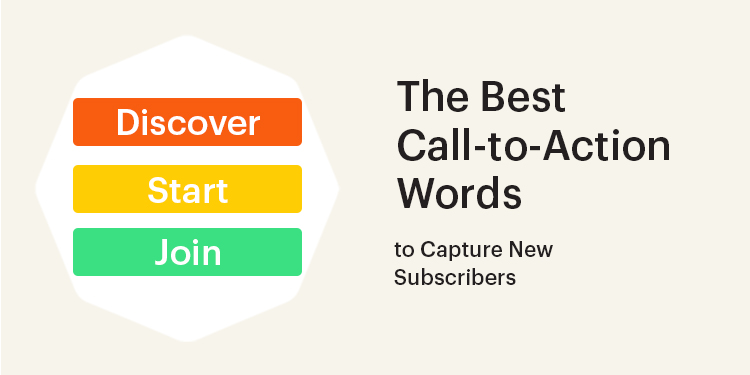The call to action has been around for a long time in advertising. It’s that little trigger that encourages people to act. The (hopefully) irresistible incentive. If you phone this number or click this link, you’ll find something you definitely don’t want to miss out on.
This is why the way you write calls to action (CTAs) is so important. The words you use determine how effective your call to action is, and certain words are more likely than others to convince people to act.
On websites in particular, not using CTAs or using bad ones means that your visitors will be less likely to find or click on the things you want them to. That’s why the contact page, for example, is often an eye-catching button that’s hard to miss.
In order to make visitors more likely to click on a link or button, the way it is written (and even how it looks) plays a big role. A link that’s in the middle of some text and just says click here is much less likely to work than a larger button with a bright colour that says something like Get started for free.
Want to see Automation Agency in action? Take a video tour of our service.
The Principles of a Good Call to Action
A good call to action isn’t long or complicated but there are certain principles that they rely on to be effective.
Fear of Missing Out (FOMO)

Are you related to someone famous? Royalty even? You’ll never know if you don’t click this link.
Good old FOMO. We’ve all felt it from time to time. There’s nothing quite as galvanizing as thinking you might be missing out on something great. This creates a sense of urgency by suggesting that lots of other people are getting something that you aren’t.
Hope
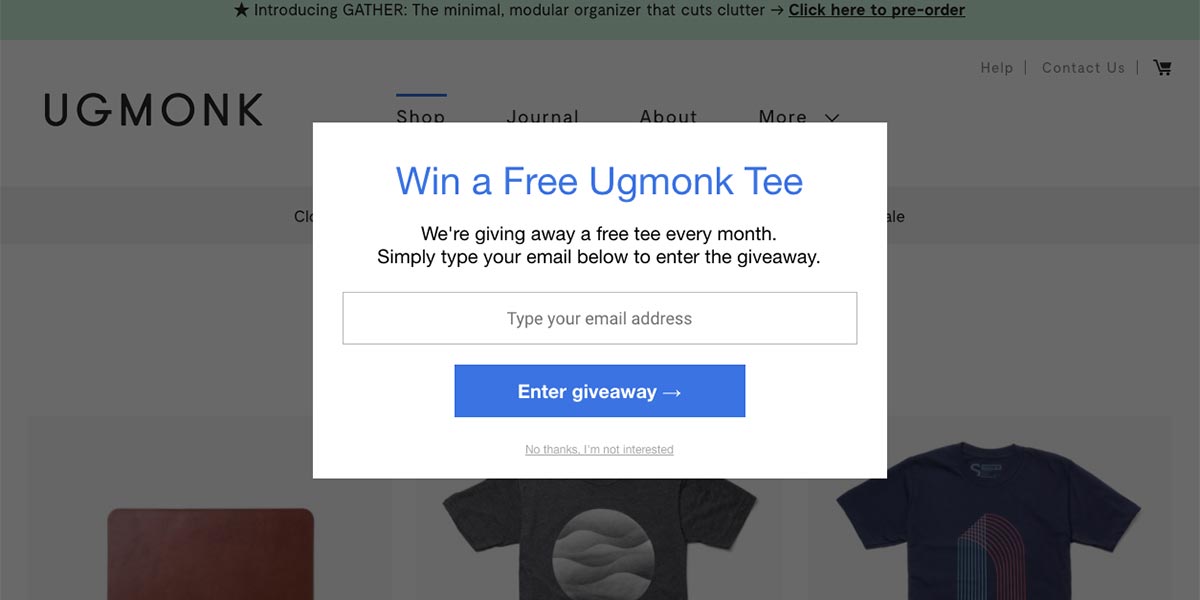
Giveaways and competitions can also play on people’s hope.
The hope to be able to change something is also a good trigger. Hope is the motivator for a call to action that promises change in your life, i.e. you’ll be happier if you click on this link. It plays on the dissatisfaction you might have with your life.
Scarcity
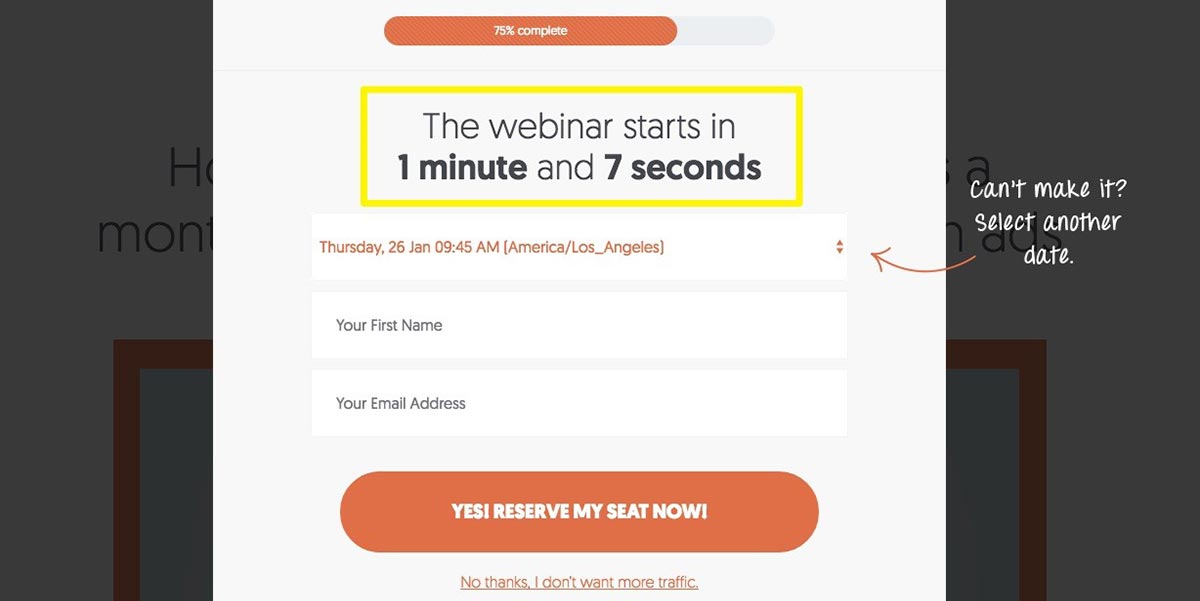
Create a sense of urgency by adding a countdown or suggesting that seats/spots are limited.
We’ve all seen the concept of a limited edition used to introduce a new product. These kinds of words suggest that if you don’t try it now, you might not get the chance later on. Scarcity relies on the users’ fear that they might miss out because the offer is limited
Exclusivity
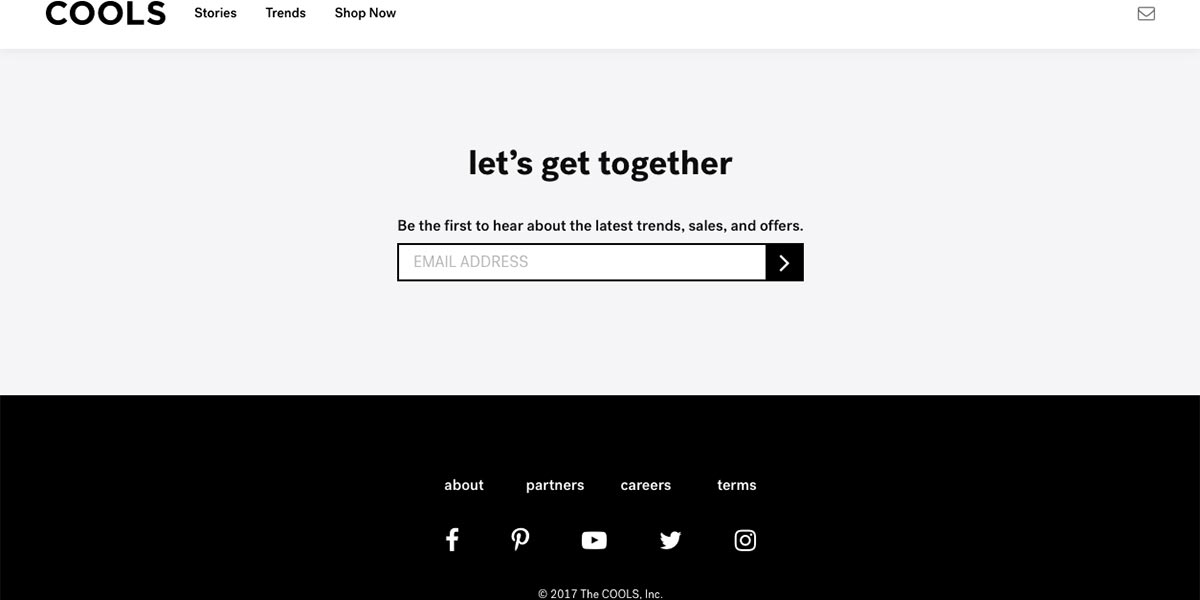
“Be the first” is a great term for suggesting exclusivity.
This is almost the opposite of the psychology of FOMO. Instead of suggesting that lots of people are doing something, you can imply that an offer is only open to a few exclusive people. And you could be one of them!
Savings

Look, it’s free. No reason not to get started then.
Special offers and savings are always great motivators. Knowing you can get something at a discounted price makes you much more likely to try it out. Free trials also fall under this principle.
The Best Call-to-Action Words
The CTAs that work best are the ones that use words proven to trigger a response in the user. For example, a CTA that feels more personal and uses You or Your is more likely to appeal. Action words such as Now or Save are more active and help create a sense of urgency. Here is a list of proven call-to-action words that work:
Words Based on FOMO
- Get
- Download
- Secret
- Access
- Members
- You/Your
- Download
- Hurry
Words Based on Hope
- Me/My
- Proven
- Safe
- Start now
- Learn
- Discover
- Build
- Grow
- Guarantee
Words Based on Scarcity
- Expires soon
- Limited
- Soon
- One-time offer
- Ends tomorrow
- Now
- Last chance
Words Based on Exclusivity
- Subscribers only
- Featured
- Exclusive
- Membership
- Members only
- Pre-order
- Access
- Invitation
Words Based on Savings
- Free trial
- Special offer
- Save
- Risk-free
- Obligation-free
CTA Words to Avoid
Of course, some commonly used words on CTAs are to be avoided. Sometimes this is because they are overused, but also because some words are too neutral and easy to ignore.
Submit
Submit is overused and doesn’t really tell the user anything. Rather give the user a hint about what they can expect, such as Start X Now.
Order
Order is mundane and doesn’t feel dynamic. Rather use words like Get and Yours, which create anticipation.
Our/Ours
This won’t appeal to the user on a personal level. Rather say You/Yours or even Me/My. For example, Sign Me Up for Exclusive Offers rather than Sign Up for Our Exclusive Offers.
Sign Up
This one is still commonly used; however, by itself it doesn’t instill any sense of urgency. Try to pair Sign Up with other action words such as Now or Before (it’s too late).
A Few Tips for Writing a Call to Action
First things first, you need to decide what you want your call to action to do. Once you’ve determined the action you want the user to take, you can decide which words or phrases will work best.
A call to action isn’t always a button but generally includes a link. It can be a word or a phrase, but most importantly, it has to get the reader to do something. This can be any number of things, from signing up for a newsletter, to making a purchase, or even following a link to a different article.
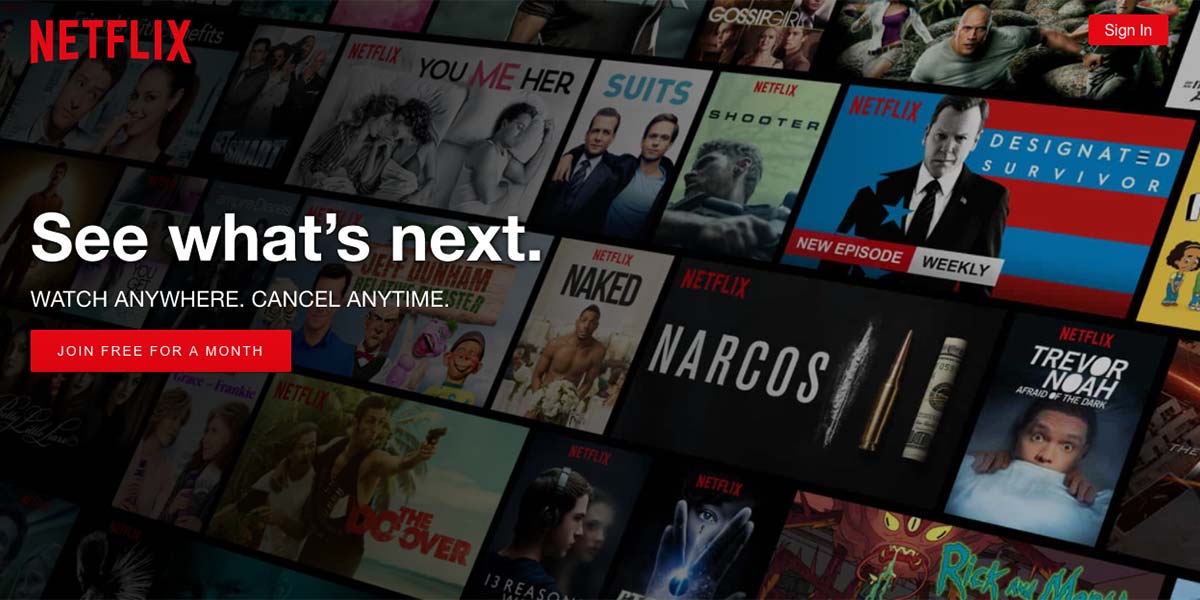
Netflix’s CTA isn’t just the button. The copy above creates a very enticing but low-risk conversion for the user.
The placement of your CTAs is also important. The best-written CTA will do nothing for you if the user can’t find it. For this reason, CTAs are often found in more than one place on a website. Homepages, for example, tend to have a very obvious CTA at the top where it can’t be missed.
It also helps to A/B test your CTAs wherever possible. This will help you determine which words work best for your CTA, as well as which placement.
Automation Agency Can Help
If your CTAs aren’t cutting it, perhaps they simply need a small adjustment. Automation Agency clients can submit a task laying out the changes they want, and we’ll implement them on their website.
If you’re not an Automation Agency client, check out this video tour of our service in action and watch our CEO demonstrate how to send in tasks.
If you think our services could be helpful, you can contact us to discuss your needs further or to find out more about our concierge plans.

